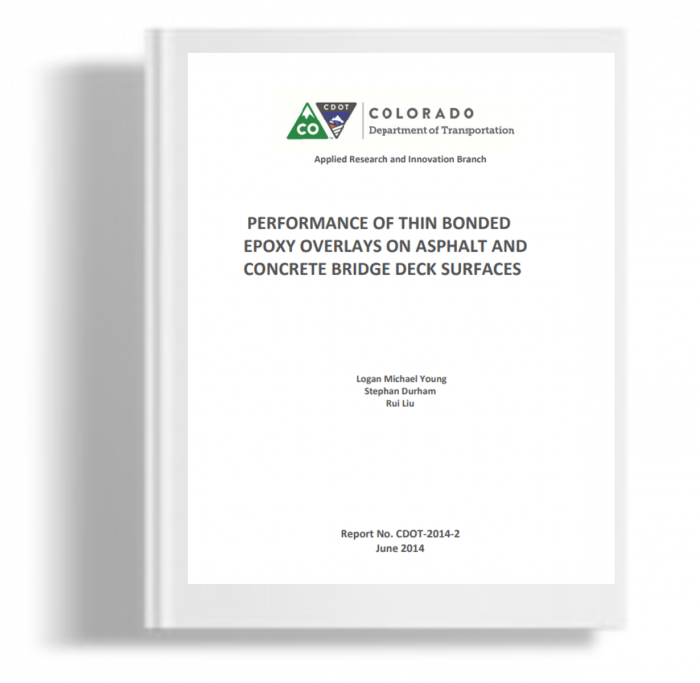Kami menggunakan cookies untuk membuat pengalaman Anda lebih baik. Untuk mematuhi petunjuk e-Pribadi yang baru, kami perlu meminta persetujuan Anda untuk menyetel cookies. Pelajari lebih lanjut .
Performance of Thin Bonded Epoxy Overlays on Asphalt and Concreta Bridge Deck Surfaces
This study is the evaluation of two thin bonded epoxy overlays: SafeLane (marketed by Cargill), and Flexogrid (developed by PolyCarb). SafeLane is advertised as an anti-skid/anti-icing overlay that stores deicing chemicals for release during winter events. Flexogrid is an anti-skid overlay. These two products were compared on the basis of physical properties, including mean texture depth, surface friction, bond strength, ability to stop chloride intrusion, and anti-icing properties, as well as traffic safety and cost. Both overlays worked as intended when they were initially applied on the bridge decks.
This study is the evaluation of two thin bonded epoxy overlays: SafeLane (marketed by Cargill), and Flexogrid (developed by PolyCarb). SafeLane is advertised as an anti-skid/anti-icing overlay that stores deicing chemicals for release during winter events. Flexogrid is an anti-skid overlay. These two products were compared on the basis of physical properties, including mean texture depth, surface friction, bond strength, ability to stop chloride intrusion, and anti-icing properties, as well as traffic safety and cost. Both overlays worked as intended when they were initially applied on the bridge decks. Mean texture depth and friction testing have shown that they both provide a durable wearing surface with good traction. All the SafeLane bond tests exceeded 250 psi (1.72 MPa). Flexogrid had initial high bond strengths, but had varied failure modes. However, the delamination of the Flexogrid overlay was identified on the bridge deck even after this product was reapplied. Permeability and chloride testing of the underlying concrete decks indicated that both overlays work well to protect bridge decks from chloride ingress. Permeability was high, but the chloride counts did not increase with age. The anti-icing property of SafeLane is effective when pre-charged with deicing chemicals. The three sites evaluated in this study indicate a reduction in crashes, but further study is needed to monitor the long-term performance in crash reduction.

